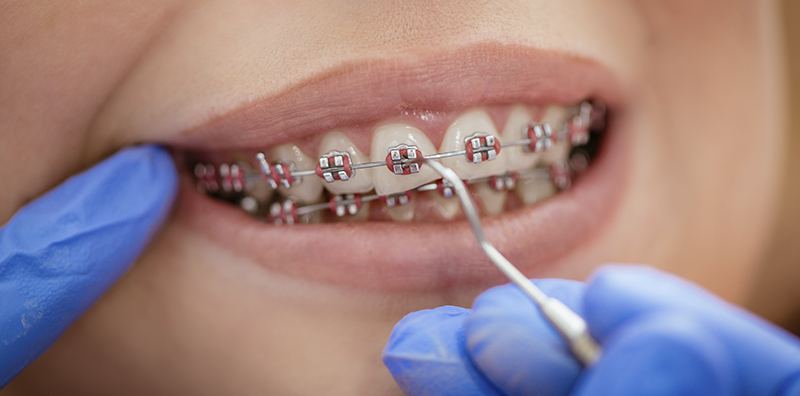Choosing the Optimal Age for Dental Braces: Dental Project Mexico Guide
Determining the ideal age for receiving dental braces is a multifaceted decision that requires professional evaluation. Orthodontic treatment offers numerous advantages regardless of age, contributing to improved oral health, enhanced self-esteem, and preventive measures against future dental issues.

Factors Influencing the Timing of Braces
- Orthodontist’s Evaluation:
- Orthodontic treatment commences with a thorough assessment by a specialist.
- Factors like dental problems’ severity, age, and lifestyle are weighed.
- Benefits of Braces at Any Age:
- Enhanced oral health through alignment correction, reducing risks of decay and gum disease.
- Boosted self-confidence resulting from a straighter smile.
- Prevention of more serious dental problems by addressing alignment issues early.
- Consultation with a qualified orthodontist is crucial.
Our Orthodontists’ Recommendations
- Recommends an orthodontic evaluation around age 7.
- Early evaluation aids in identifying potential issues and enables timely intervention.
- Early treatment can be more effective and cost-efficient.
Age-Specific Considerations
- Childhood Age Ranges:
- Primary dentition (ages 5-7) ideal for correcting cross-bites.
- Secondary dentition (ages 11-13) or early mixed dentition (ages 6-10) suitable for addressing crowding.
- Interceptive treatment prevents future complications.
- Adults and Orthodontic Treatment:
- Orthodontic treatment is effective at any age.
- Adults can benefit from corrective procedures, with patience in achieving results.
- Orthodontic treatment contributes to a healthier and more appealing smile.
- Parents’ Perspective:
- Optimal age is around 12 years, after permanent teeth eruption.
- Correction of overbites and other issues at this stage is more manageable.
- Patients’ Individuality:
- No universal answer for the best age for braces.
- AAO recommends an early evaluation, but adults also benefit.
- Factors influencing decision: emotional readiness, self-consciousness, and motivation.
Pros and Cons at Different Ages
- Waiting for All Adult Teeth:
- Advantage: Better insight for treatment planning.
- Disadvantage: Some issues may worsen with time.
- Younger Age Treatment:
- Advantage: Responsive bones, potential for quicker results.
- Disadvantage: Responsibility and hygiene concerns for children.
Financial Considerations
- Costs vary based on braces type and issue severity.
- Teens and young adults may have higher costs due to growing bones.
- Adults may incur lower expenses as growth is complete.
Guiding Factors for Parents
- Severity of dental condition influences timing.
- Monitoring the rate of teeth growth and change.
- Child’s overall health and any medical conditions.
- Family’s financial situation, considering treatment costs.
Conclusion
Selecting the best age for dental braces is a personalized decision guided by professional evaluation and various factors. Regardless of age, orthodontic treatment can lead to a healthier smile, increased self-esteem, and prevention of potential dental complications.
Collaborating with our skilled orthodontists ensures the optimal path for a lasting, confident smile is chosen. Contact us for a comprehensive assessment at Dental Project Mexico if you’re considering braces. We’re committed to your dental well-being and simplifying your journey to a beautiful smile.


